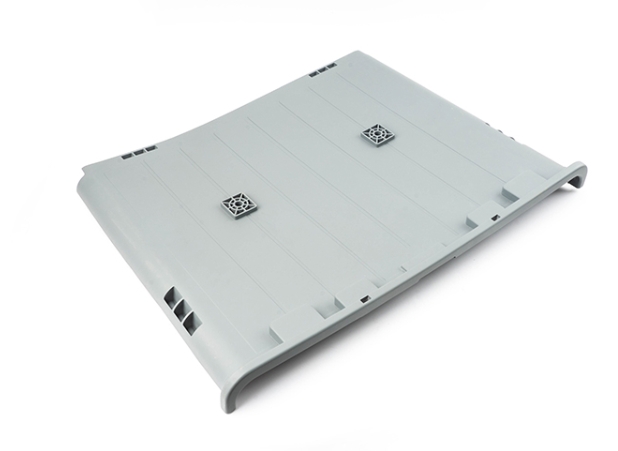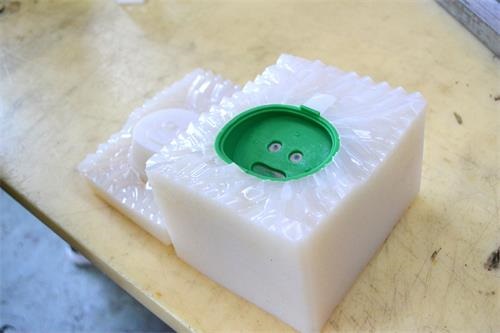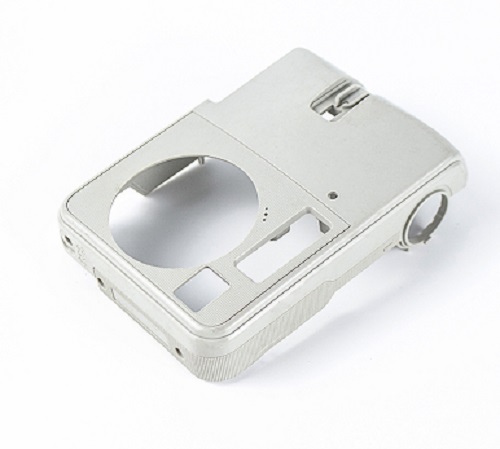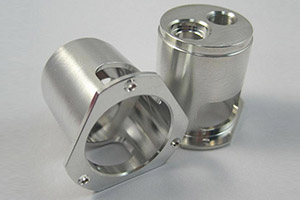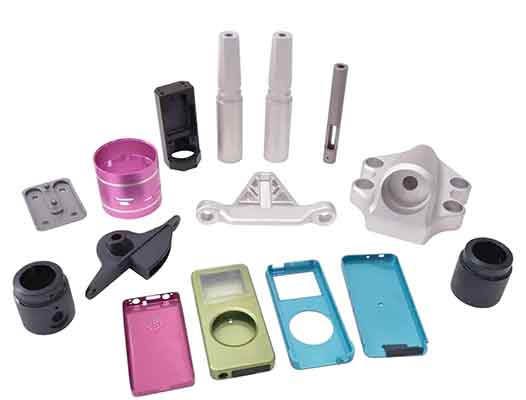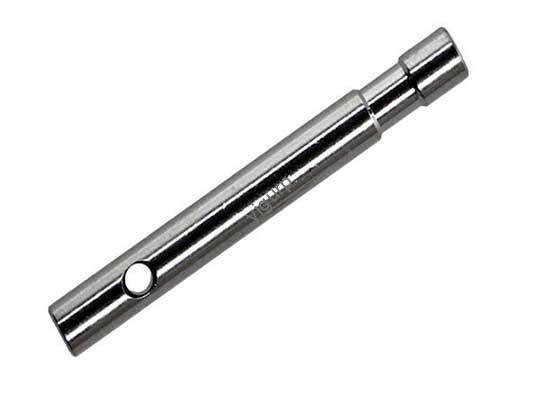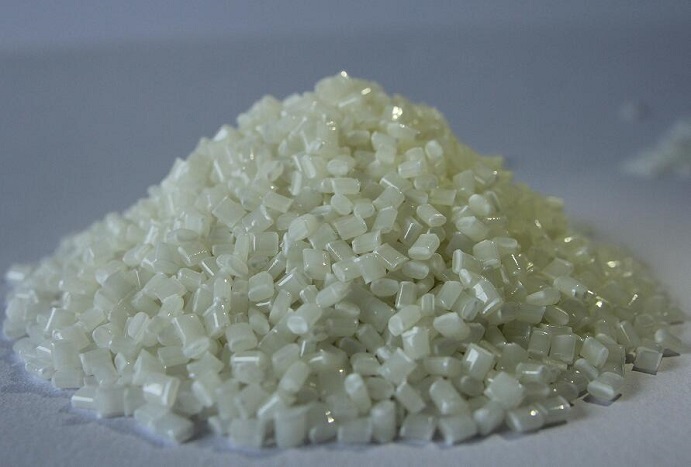If you’re a product developer or designer, one of the most pressing questions you’ll have is: how long does rapid prototype lead time take? The answer isn’t a simple number—several key factors directly impact how quickly you can get your prototype in hand. このガイドで, we’ll break down each factor, provide real-world timelines, and help you understand how to optimize your prototype schedule.
Key Factors That Affect Rapid Prototype Lead Time
Rapid prototype lead time isn’t a one-size-fits-all metric. It depends on four critical elements: design complexity, material choice, manufacturing method, and sample quantity. Below is a detailed breakdown of each factor, along with how it influences your timeline.
| 要素 | Impact on Lead Time | Typical Time Range (Add-On) |
| デザインの複雑さ | More details (例えば。, 小さな穴, curved surfaces) = longer programming/setup time | 1–5日 |
| Material Choice | Harder materials = slower machining; softer materials = faster processing | 0.5–3日 |
| Manufacturing Method | Manual = faster for simple parts; CNC/3D Printing = longer setup but faster production | 1–4 days |
| Sample Quantity | More samples = longer production time (but economies of scale apply) | 0.5–2 days per 5 additional units |
1. デザインの複雑さ: The Foundation of Lead Time
Your prototype’s design complexity is the biggest driver of lead time. A simple part (like a flat plastic bracket) will be ready much faster than a complex component (like a medical device with tiny internal channels). Here’s why:
- Simple designs (例えば。, basic shapes, no intricate details) require minimal programming for CNC machines or 3D printers. Setup time is often just 1–2 hours, and production can start immediately.
- 複雑なデザイン (例えば。, アンダーカット, 薄い壁, multiple surfaces) need detailed 3D modeling checks, toolpath adjustments, and quality control steps. 例えば, a prototype with 10+ 小さな穴 (less than 2mm in diameter) may add 3–5 days to your lead time because the machine needs to run slower to avoid tool breakage.
ヒントの場合: If you’re in a hurry, work with your designer to simplify non-critical features first. This can cut your lead time by up to 30%.
2. Material Choice: Hardness and Processability Matter
The material you choose for your rapid prototype directly affects how long it takes to manufacture. Different materials have unique properties that impact machining speed and difficulty. Here are common materials and their typical lead time impacts:
| 材料タイプ | Hardness Level | Machining Speed | Lead Time Impact | に最適です |
| PMMA (アクリル) | Soft | 速い (50mm/min) | 最小限 (+0.5 日) | 透明な部品, displays |
| ABSプラスチック | 中くらい | 適度 (35mm/min) | 低い (+1 日) | Consumer electronics, エンクロージャー |
| アルミニウム (6061) | Medium-Hard | 適度 (25mm/min) | 中くらい (+2 日) | Lightweight structural parts |
| Stainless Steel (304) | Hard | 遅い (15mm/min) | 高い (+3 日) | Industrial components, high-strength parts |
例えば: A stainless steel prototype will take 2–3 days longer to make than an identical PMMA prototype because the machine must use specialized tools and slower cutting speeds to avoid overheating.
3. Manufacturing Method: Speed vs. 精度
The way you make your rapid prototype—whether manual, CNC加工, or 3D printing—plays a big role in lead time. Each method has trade-offs between speed and precision:
- Manual Prototyping: Best for simple parts (例えば。, foam models, basic plastic shapes). Skilled technicians can finish a simple manual prototype in 1–2 days, but it may lack the precision of machine-made parts (許容範囲: ±0.2mm). It’s a good choice if you need a quick visual check, not a functional test.
- CNC加工: Ideal for high-precision parts (許容範囲: ±0.05mm). CNC machines need 1–2 days of setup (programming, tool selection) but can produce parts quickly once running. A typical CNC prototype takes 3–7 days total.
- 3D印刷 (FDM/SLA): Great for complex geometries (例えば。, lattice structures). FDM (融合モデリング) is faster (2–5日合計), while SLA (ステレオリスム造影) offers better detail but adds 1–2 days. 3D printing is perfect for functional prototypes that need to mimic final product properties.
4. Sample Quantity: Small Batches = Faster Turnaround
Rapid prototyping is designed for small batches—and that’s a good thing for lead time. Most projects order 1–10 samples, which keeps production efficient. Here’s how quantity affects time:
- 1–3 samples: The fastest option. Machines can run continuously without reloading materials or adjusting settings. Lead time: 3–5日 (for simple designs).
- 4–10 samples: Adds 1–2 days. You may need to reload materials once, but there’s still no major setup change.
- 11+ samples: Lead time increases by 0.5–1 day per 5 additional units. At this point, you’re moving from “prototyping” to “small-batch production,” which requires more quality checks.
Remember: Ordering 2–3 samples instead of 1 is often worth it. It lets you test different use cases and catch issues faster—saving time in the long run.
Typical Rapid Prototype Lead Time: 実世界の例
To make this concrete, let’s look at three common scenarios. These timelines include design review, 製造, and quality control (QC):
- シナリオ 1: Simple ABS Plastic Bracket (CNC加工)
- Design: Flat bracket with 2 穴 (no complex details)
- 材料: ABSプラスチック
- Quantity: 2 samples
- Total Lead Time: 3–4 days
- Breakdown: 1 日 (design review) + 2 日 (CNC加工) + 0.5 日 (QC)
- シナリオ 2: Complex Stainless Steel Valve (CNC加工)
- Design: Internal channels, 5 小さな穴 (1mm diameter)
- 材料: Stainless Steel 304
- Quantity: 1 sample
- Total Lead Time: 7–9 days
- Breakdown: 2 日 (design review + programming) + 5 日 (CNC加工) + 1 日 (QC)
- シナリオ 3: Transparent PMMA Enclosure (3D印刷)
- Design: 湾曲した表面, no undercuts
- 材料: PMMA (SLA 3D Printing)
- Quantity: 3 samples
- Total Lead Time: 4–6 days
- Breakdown: 1 日 (design review) + 3 日 (3D印刷 + 後処理) + 0.5 日 (QC)
Yigu Technology’s Perspective on Rapid Prototype Lead Time
Yiguテクノロジーで, we believe rapid prototype lead time should balance speed and quality—rushing a prototype often leads to costly reworks. Our team optimizes timelines by: 1) Using advanced CNC and 3D printing equipment to cut setup time by 20%; 2) Offering material pre-selection guides to help clients choose fast-processing options without sacrificing performance; 3) Providing 24-hour design reviews to catch issues early. For most projects, we deliver simple prototypes in 3–4 days and complex ones in 7–10 days—all while maintaining ±0.05mm precision. We prioritize clear communication, so clients always know their prototype’s status and can adjust timelines if needed.
よくある質問:
1. Can I get a rapid prototype in less than 3 日?
はい, but it depends on the design and method. Simple manual prototypes (例えば。, foam models) can be ready in 1–2 days, and some 3D printing services offer “24-hour rush” options for basic parts. しかし, rush orders may cost 50–100% more and may skip non-critical QC steps.
2. Does adding post-processing (例えば。, 絵画, polishing) increase lead time?
絶対に. Post-processing steps like painting, polishing, or annealing add 1–3 days to your timeline. 例えば, a polished aluminum prototype will take 2 extra days compared to an unpolished one. Discuss post-processing needs with your manufacturer early to avoid delays.
3. How can I reduce my rapid prototype lead time without cutting corners?
Focus on three steps: 1) Share a complete, error-free 3D model (this eliminates design review delays); 2) Choose a material that’s easy to machine (例えば。, ABS instead of stainless steel) if it meets your test needs; 3) Work with a manufacturer that offers in-house design support—they can spot issues before production starts, saving days of rework.
